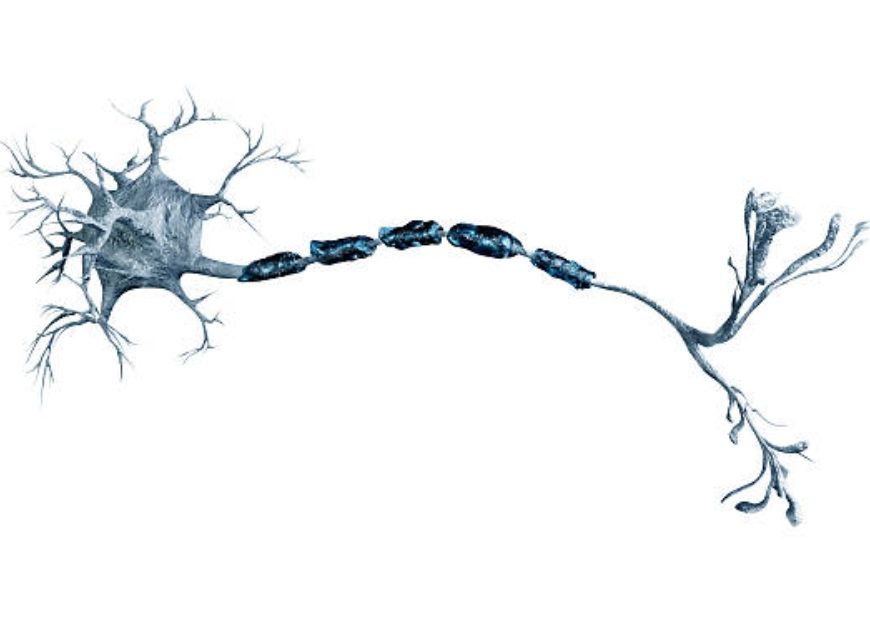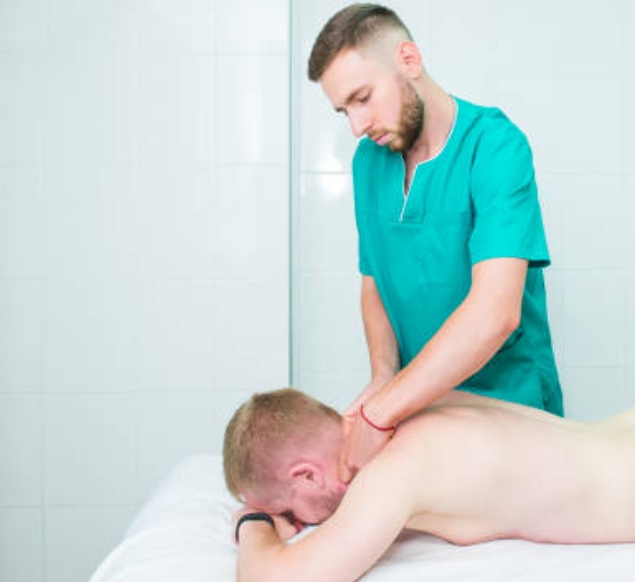
Pathophysiology of entrapment neuropathies
This blog summarises the available evidence on the influence of entrapment neuropathies on the anatomical and physiological features of the peripheral nervous system that have previously been discussed. Let’s get started! Entrapment Neuropathies and Ischaemia Entrapment neuropathies are hypothesised to disrupt intraneural blood flow by reversing the pressure gradient required for optimal blood supply. Extraneural pressures as low as 20–30 mmHg interrupt intraneural venous circulation, … Continue reading Pathophysiology of entrapment neuropathies
